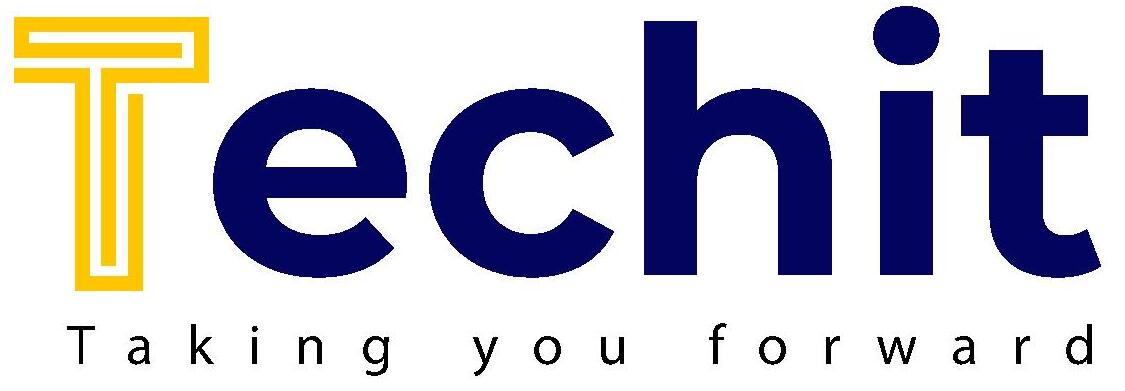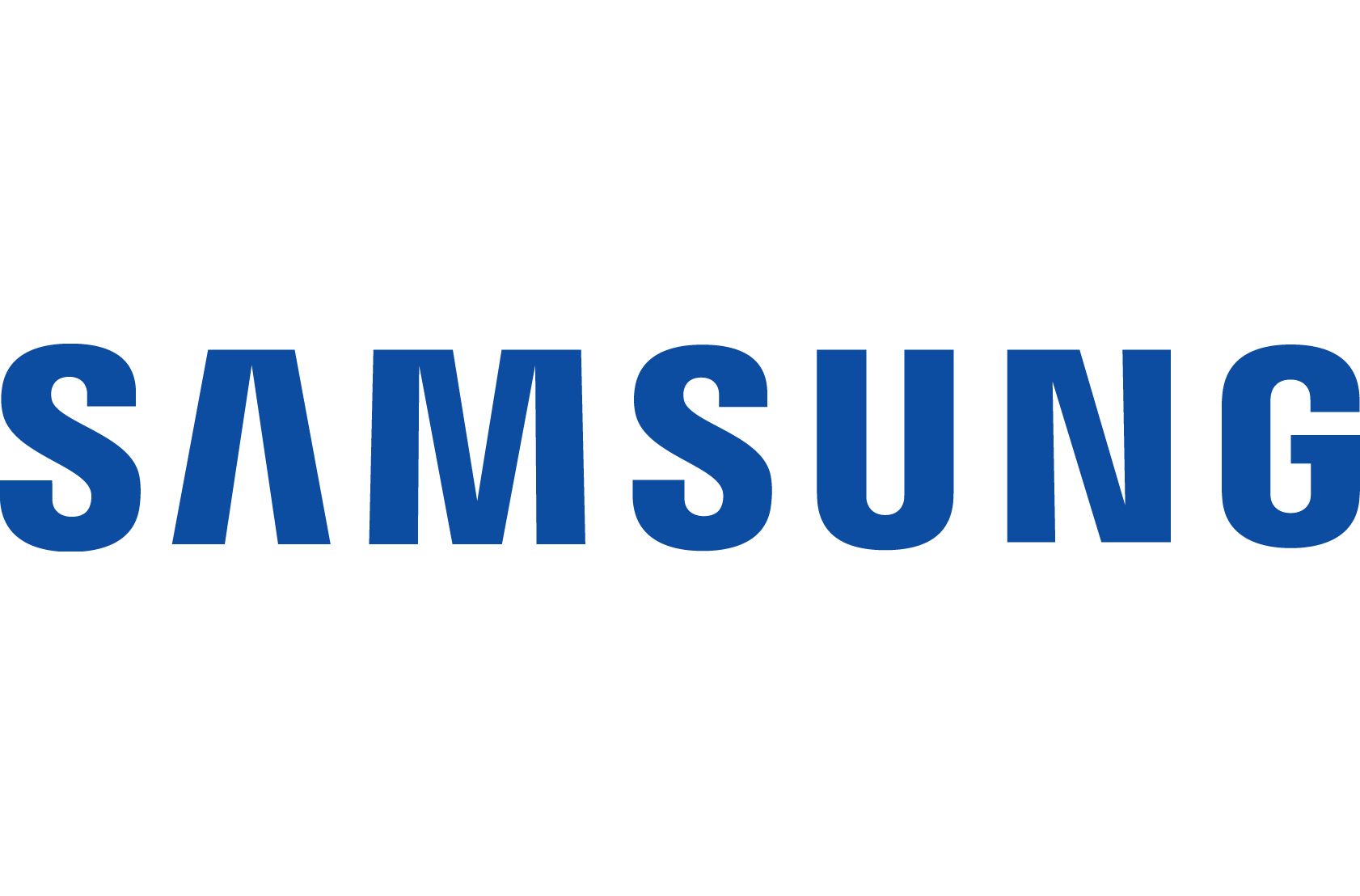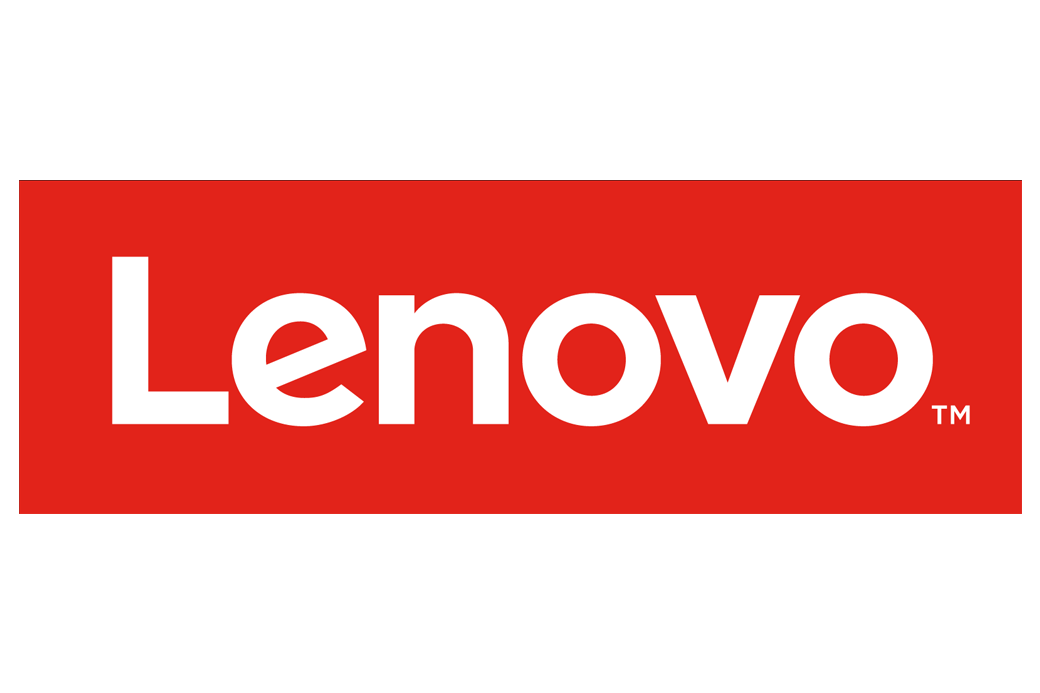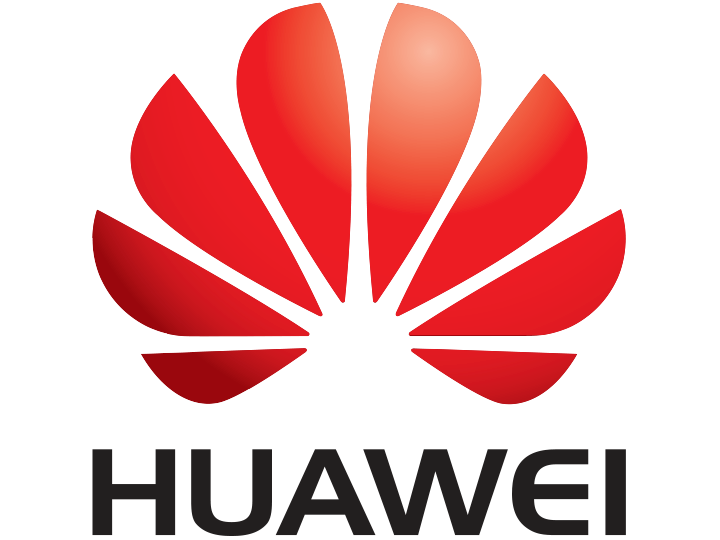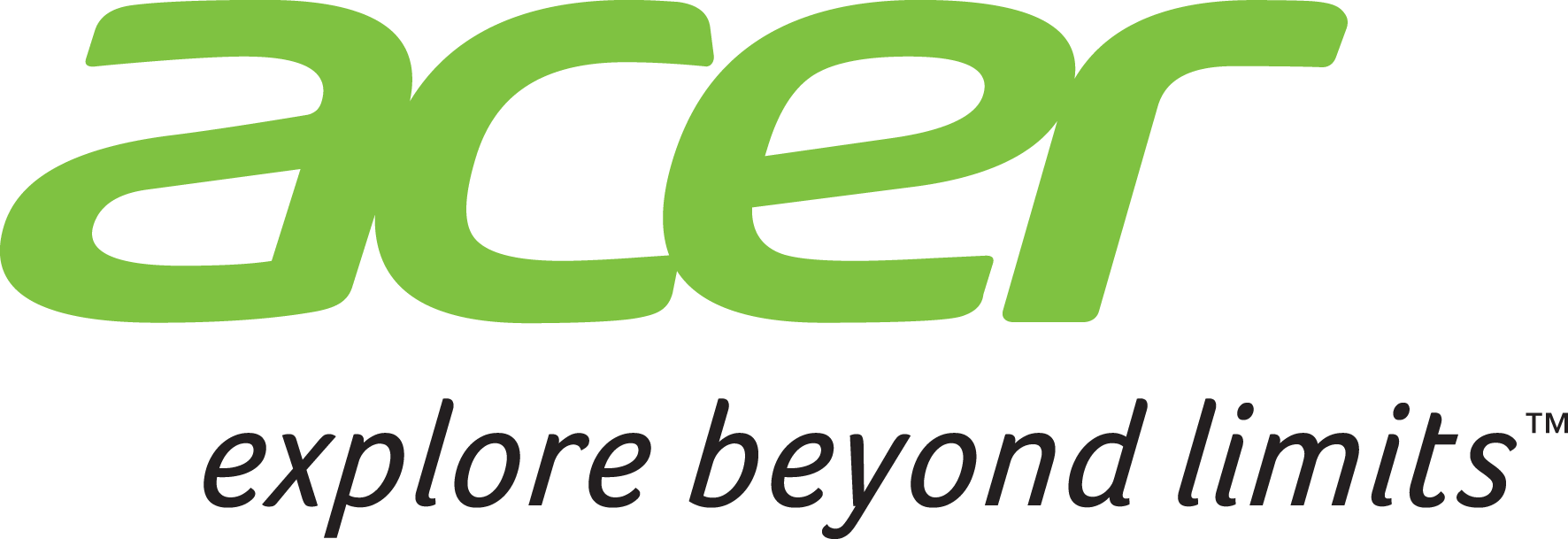Driving change forward involves taking initiative and actively seeking out opportunities for improvement. Rather than being passive bystanders, individuals should be proactive in identifying areas that need change and taking steps to make it happen. By being change agents, individuals can have a positive impact on their own lives and the organizations they belong to. It is the ability to adjust to new circumstances, learn from them, and make the necessary changes. Those who are adaptable are more likely to thrive in their personal and professional lives.
In the future, employees will still look to their leaders to make the big, difficult decisions—and even shake up the way everyone works. In fact, 76% of CEOs ranked making big changes as a top driver for tomorrow’s leaders, but change is rarely easy. Leaders will need to be accountable for the decisions they make—never blaming others or making excuses. As a successful entrepreneur focused on economic development, DeKoch has devoted his entire career to mentoring aspiring leaders.
Overcoming the Challenges of a Multigenerational Workforce
Business evolution is the process of adapting to changing market conditions, customer preferences, technological innovations, and competitive pressures. It is not a one-time event, but a continuous journey that requires constant learning, experimentation, and improvement. Businesses that fail to evolve risk becoming obsolete, irrelevant, or outperformed by their rivals.
Business evolution is not an option, but a necessity for any organization that wants to survive and thrive in the dynamic and uncertain business environment. As Charles Darwin famously said, “It is not the strongest of the species that survives, nor the most intelligent that survives. It is the one that is most adaptable to change. Understanding opposing perspectives will allow leaders to prepare their responses to critical feedback and not get taken off track.
How to overcome inertia, resistance, and uncertainty in a changing environment?
Listen to views very different from your own so that you’re ready to innovate and adapt as needed. Stay focused on the business outcomes you’re aiming for but remain open to new ways of getting there. Leadership in the face of complexity requires connection to the living systems your organization is and is a part of. Caring is a means to connect those two parts of the leadership equation together. When you are caring, people receive it; that’s part of what leadership is. Caring means ensuring your financial viability, strategic alignment, staffing needs, service and performance demands are all looked after.
The Intricacies of Virtual Team Building Activities
A satisfied and engaged workforce is more likely to contribute their best efforts and drive innovation within the organization. Technology, on the other hand, plays a crucial role in driving innovation and efficiency. From artificial intelligence and machine learning to cloud computing and big data analytics, there are countless opportunities for businesses to leverage technology in their favor. Continuous learning, on the other hand, involves staying up-to-date with the latest industry trends, technologies, and best practices. By constantly seeking knowledge and learning from both successes and failures, businesses can remain relevant and evolve with the changing times. This can be achieved through various channels such as attending industry conferences and workshops, participating in online courses, and fostering a culture of learning within the organization.
- In the digital era, where every click and scroll holds value, email analytics emerges as a pivotal…
- In fact, involving employees in leadership challenges typically brings teams together.
- A leader’s commitment to the company’s core values and their ability to demonstrate and reinforce these values in everyday actions is crucial in cultivating a positive culture.
- Understanding this history can help businesses adapt in the coming era.
Caring leaders recognize that success is not solely measured by outcomes. The effort, perseverance, learning, energy, and dedication that team members invest in their work are equally worthy of celebration. By acknowledging the hard work and resilience displayed during the process, even when results may not meet expectations, caring leaders encourage a growth mindset. This recognition of effort promotes an environment where learning and improvement are prioritized over immediate perfection, fostering long-term development.
Create a Culture of ListeningTM at Work.
Onboarding processes should not just focus on the operational aspects but also immerse new employees in the company culture. This helps them adapt faster and become effective members of the team, contributing to the overall productivity and morale of the organization. To optimize enculturation and fast track an aligned company culture, consider cultural fit in every stage of your employment model. Caring leadership is not merely a leadership style or philosophy but rather a framework that places the well-being and development of individuals at the forefront of organizational strategy. Caring leaders build trust through consistent demonstration of integrity, transparency, and empathy.
McGregor’s Theory X and Theory Y further expanded on the understanding of employee motivation. Theory X assumes that employees are inherently lazy and need strict supervision, while Theory Y assumes that employees are self-motivated and can be trusted to take responsibility. Bringing the best insights from over 25,000 employee stories to the stage. You trade micromanagement for clear expectation setting and intentional delegating, thereby granting employees full agency and confidence to succeed. You actively search for the gifts within those you lead, and you go out of your way to encourage the growth of other people’s talents.
With a fully remote workforce, my organization has implemented a variety of programs that promote connection and caring. Initiatives such as “office hours with the execs,” for example, allow each member of my executive team to hold time in their day to meet with employees and discuss whatever they want. Explore the unique world of building organizational culture and why every leader should focus on shaping a vibrant, value-driven workplace. Fostering meaningful work within teams ensures that team members not only perform their roles but thrive, feeling personally invested in the success of the organization. Work becomes meaningful when it aligns with an individual’s values, passions, strengths, and sense of purpose.
They feel like they are seen, heard, and valued – and are motivated to work hard toward the success of the organization. When all employees feel a sense of ownership over the organization’s culture, it can also help foster an environment of continual improvement. This shared responsibility empowers everyone within the organization to help shine a light on areas that need upgrading and develop solutions to those issues.
How to Improve Team Working: 5 Proven Methods
- That means designing systems that assume people want to do great work, then giving them the conditions to make that possible.
- By fostering a culture of innovation, organizations can create a sustainable competitive advantage.
- Today’s generation would likely be shocked at this approach to business where terms like “employee engagement” or “retention” were essentially non-existent.
- This overall helps to transcend the economy from a barter stage to become a village economy.
Certain technical functions, such as data processing, are centralized at headquarters, while daily operating decisions remain decentralized. Communication becomes more formal and impersonal as a hierarchy of titles and positions grows. One of the key responsibilities of leadership is to communicate and articulate the need for change.
Agile development and technology go hand in hand when it comes to addressing future challenges. Agile development is a project management methodology that emphasizes flexibility, collaboration, and iterative development. By embracing agile principles, businesses can respond quickly to changes in the market and adapt their strategies accordingly. Peter Drucker, a renowned management thinker, emphasized the role of humans in organizations. He believed that organizations need to understand and value their employees as their most valuable asset. Drucker emphasized the importance of effective leadership, employee development, and aligning organizational goals with individual motivations.
These metrics should tie directly to strategic objectives and guide continuous improvement. As industrial supply increased over time, companies began to face tougher competition. The introduction of the marketing era in the 1950s, in which businesses learned they needed to set themselves apart in the marketplace to gain competitive advantages, was the natural result. Business models evolution of business and why every organization needs to embrace caring leadership began to shift toward market segmentation and brand differentiation.
Lastly, addressing future challenges requires businesses to be adaptable and responsive to both customer needs and employee desires. Customers are increasingly demanding personalized experiences, seamless interactions, and meaningful connections with brands. One of the most effective ways of addressing future challenges is by utilizing tools like customer empathy and continuous learning. Customer empathy allows businesses to better understand their target audience, identify their pain points, and develop solutions that meet their needs. By putting yourself in the shoes of your customers, you can gain valuable insights that will help you stay ahead of the competition. Many leaders handle employees with the narrow lens of their performance inside the workplace without ever considering them as whole people with lives outside of work.
